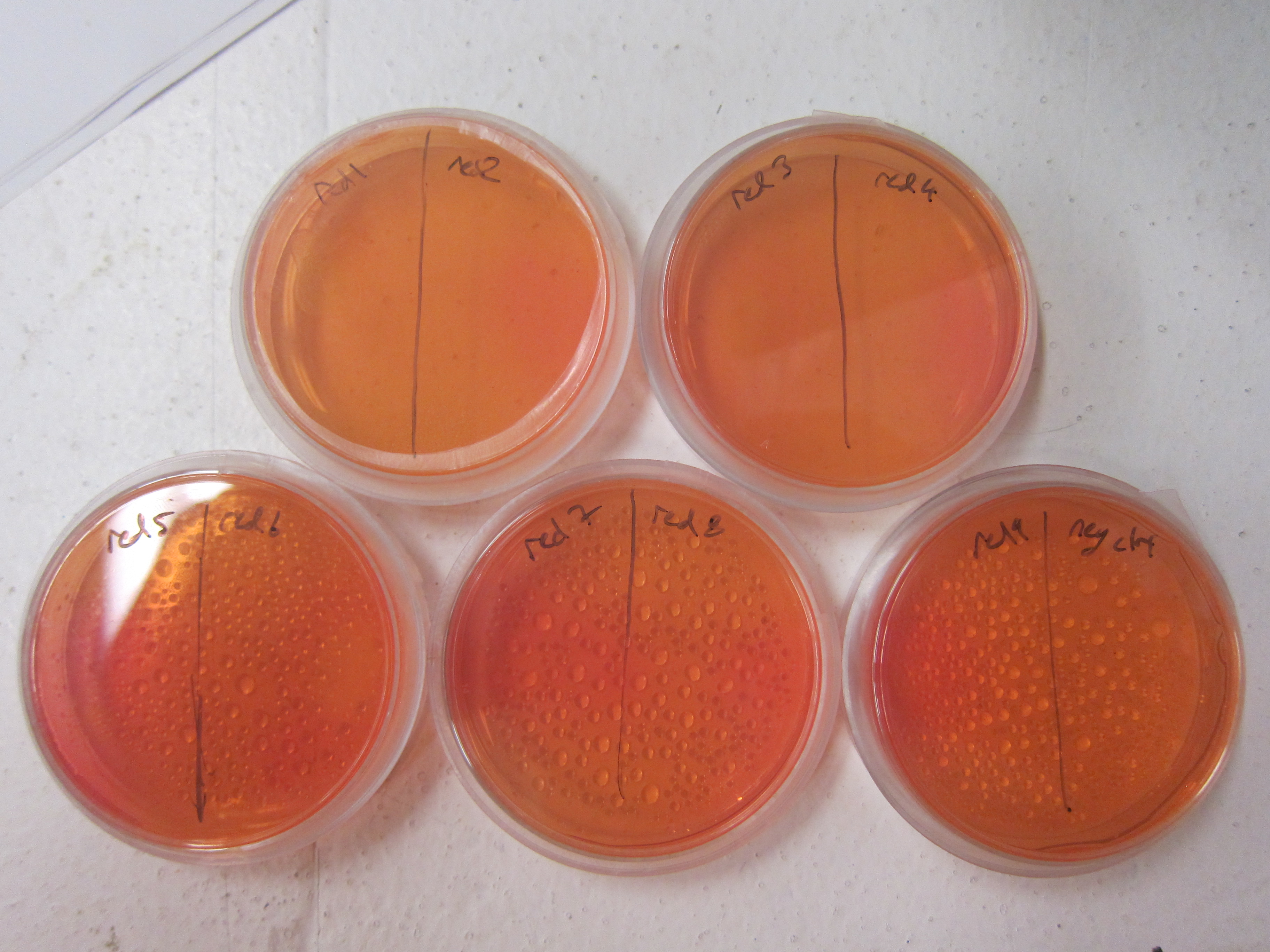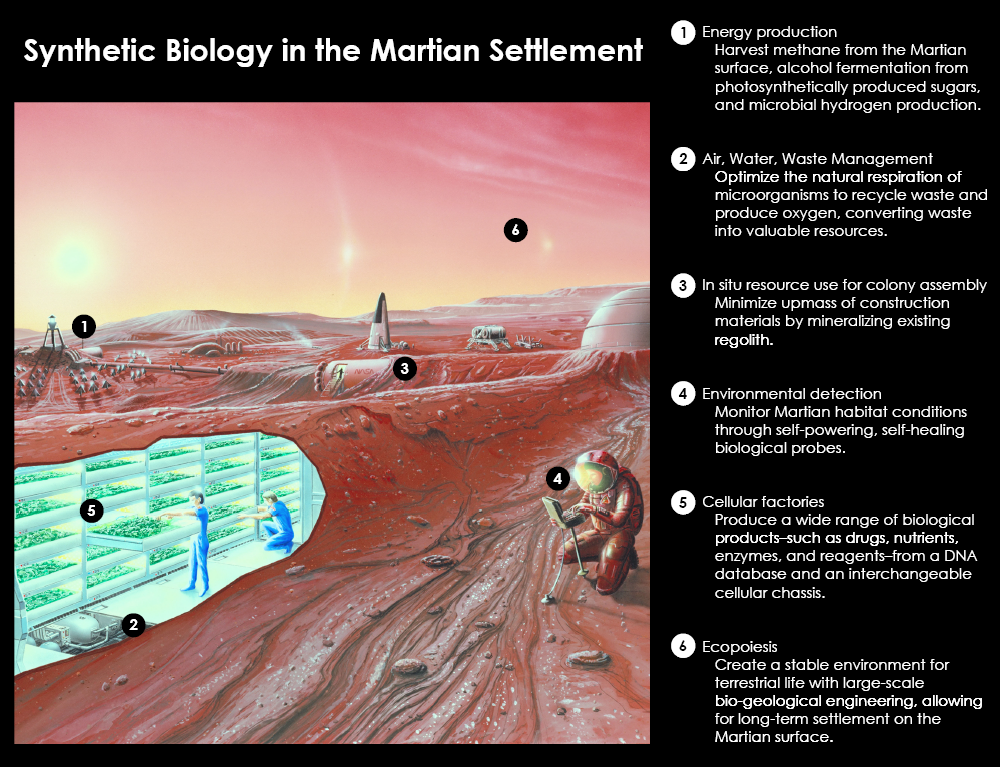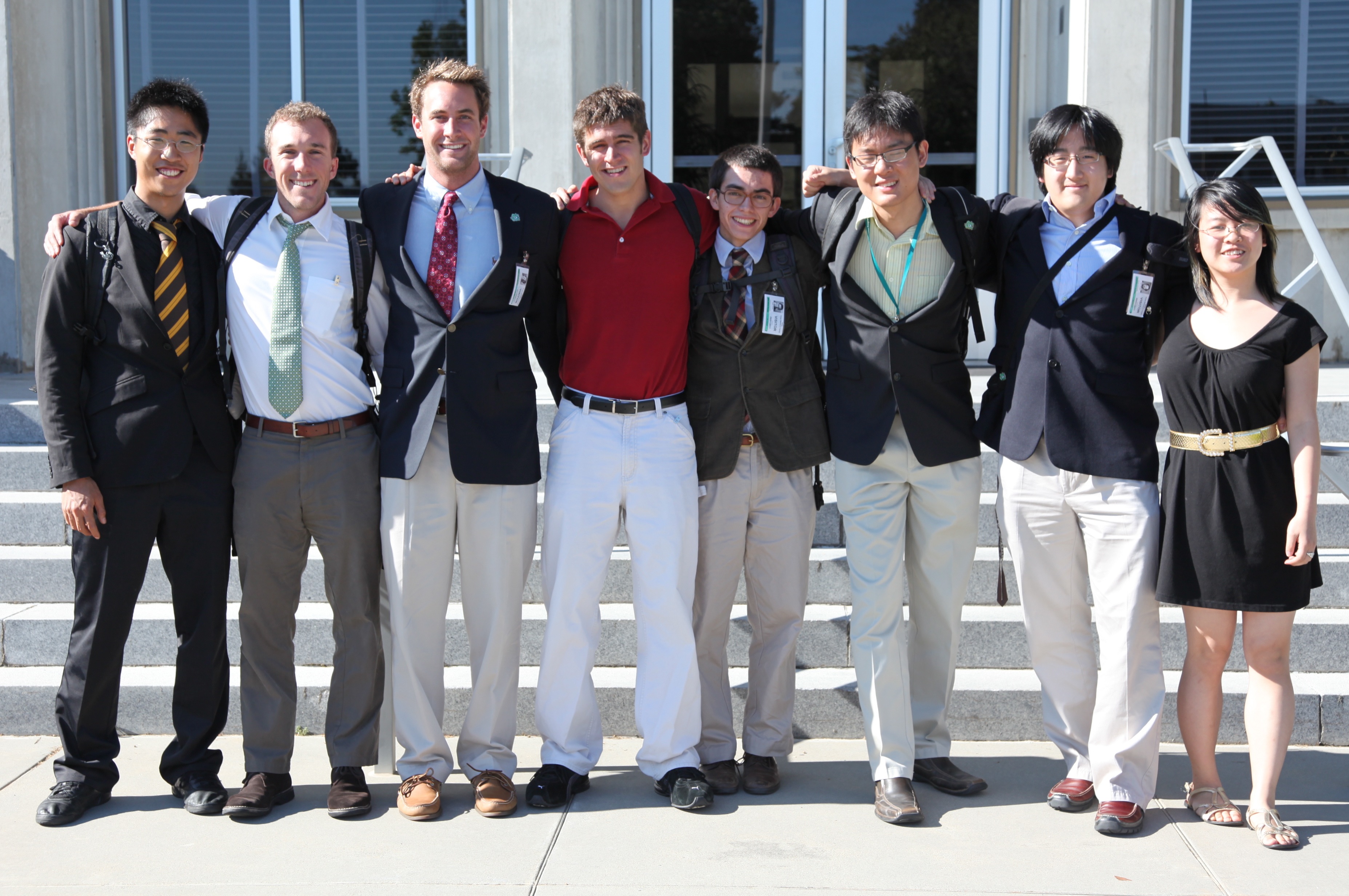Team:Brown-Stanford
From 2011.igem.org
Maxsong123 (Talk | contribs) (→Education and Publicity) |
Maxsong123 (Talk | contribs) (→Alumni and Community-building) |
||
| Line 78: | Line 78: | ||
We spearheaded the '''largest collaborative effort''' in iGEM history to change the way we do outreach, creating [[http://openwetware.org/wiki/IGEM_Outreach|'''CommunityBricks''']], a database of valuable teaching plans, presentations, community resources and projects for young and old alike. | We spearheaded the '''largest collaborative effort''' in iGEM history to change the way we do outreach, creating [[http://openwetware.org/wiki/IGEM_Outreach|'''CommunityBricks''']], a database of valuable teaching plans, presentations, community resources and projects for young and old alike. | ||
| - | === '''Alumni and Community- | + | === '''Alumni and Community-Building''' === |
We built the [[http://openwetware.org/wiki/IGEM_Outreach|'''first iGEM Alumni Network,''']] to provide iGEM'ers a growing collection of professional and social resources and keep the spirit of iGEM alive post-Jamborees. | We built the [[http://openwetware.org/wiki/IGEM_Outreach|'''first iGEM Alumni Network,''']] to provide iGEM'ers a growing collection of professional and social resources and keep the spirit of iGEM alive post-Jamborees. | ||
Revision as of 10:46, 28 September 2011
Synthetic Biology for Space Exploration
One of the major challenges of space exploration is the limited payload mass that can be launched on a rocket and the difficulty of resupply mid-mission. Any long term settlement will require more resources than astronauts can initially bring with them. Synthetic Biology has the potential to revolutionize space exploration and settlement. Biological tools have a major advantage over classical tools: the ability to self-replicate and regenerate.
The emerging field of Synthetic Biology will allow us to engineer microbial factories that will largely circumvent the limiting payload factors. These cellular factories will generate fuel, food, medicines and building materials for settlers, but will consist of engineered cells that could be stored in a single test tube, and regrown to production scale on-site, as needed.
The Brown-Stanford iGEM team is excited to work on three different projects, under the common theme of developing Synthetic Biology applications for space. In addition, as a response to the ethical and philosophical considerations, we interviewed prominent researchers and leaders in the field. Click on the astronaut in the lower right hand corner to view our series.
REGObricks
Any extra-terrestrial settlement will require a habitat to keep its occupants alive, but transport of such a habitat will require a huge amount of payload space. RegoBricks uses bacteria to cement Martian and Lunar regolith (soil) simulant into durable building blocks, similar to concrete bricks, allowing settlements to use in situ resources to build structures.
PowerCell
All biological tools need energy to run. PowerCell develops a universal energy source. Engineered photosynthetic bacteria generate carbon and nitrogenous nutrients from sunlight and air and secrete them to power biological tools, . These tools will transform the raw materials into fuel, building materials, food, drugs, and other products useful to settlers.
BioSensor
Biological interfaces cannot pass information to their users as fast as electronic ones can. BioSensor develops a novel method of fast-acting biological reporting with changes in cell fluorescence. Bacteria could be used to detect toxic chemicals in the environment, for example, or inform astronauts that their microbial tools are unhealthy.
Executive Summary
Pressed for time? Don’t worry, we collected all the interesting things on our website here in one place:
Scientific Advancements
Biobricked a biobricker
We successfully PCR cloned a 10.7 kb functional urease cassette from the plasmid pBU11, whose genetic sequence has hitherto never been known before. We ligated it onto a backbone, and successfully Biobrick2 transformed E. coli with it, characterizing its function and demonstrating active urease activity. Urease is the catalyst behind the phenomenon known as biocement, which is able to fuse sand into bricks, using nothing more than calcium ions and urea. More about urease.
Biobrick part [http://partsregistry.org/Part:BBa_K656013 BBa_K656013] has been submitted to the Registry of Standardized Parts. The sequence of this cassette is unavailable because it currently does not exist in any known registry. At the time of this writing, it is currently being sequenced in the lab of Dr. Chris Mason of Cornell Medical College. As soon as the sequence is available, we will supplement the directory listing.
Stratospheric Balloon Flight
We launched samples of our S. pasteurii bacteria to the far edge of space (100,000 ft) to [test] for their ability to survive a simulation of harsh environmental conditions. [Our escapades can be read about here]
High Valued Human Practices
Big Questions Video Series
We engaged in dialogue with a suite of experts, scientists and thought leaders about the Big Questions of space, extraterrestrial life and the synthetic biology. You can find our recordings by clicking on the astronaut!
Education and Publicity
We educated and publicized the power of synthetic biology in a whole suite of venues and mediums, including
- A crowd of 600+ over two days at Maker Faire NYC, resulting in two Editor’s Choice blue ribbons!
- A filming opportunity with the BBC Horizon , to be featured as part of NASA’s Initiative in Synthetic Biology
- Verbal presentations to NASA Administrator Charlie Bolden, Center Director Pete Worden, and writer and visionary Stewart Brand
- A poster presentation at NASA’s Lunar Science Forum
- A heart-wrenching poem at SB 5.0 Synbio Slam
Outreach and Collaboration
We spearheaded the largest collaborative effort in iGEM history to change the way we do outreach, creating CommunityBricks, a database of valuable teaching plans, presentations, community resources and projects for young and old alike.
Alumni and Community-Building
We built the first iGEM Alumni Network, to provide iGEM'ers a growing collection of professional and social resources and keep the spirit of iGEM alive post-Jamborees.
Martian Colony
News
In the Lab
August 4th, 2011
June 7th, 2011
 "
"










